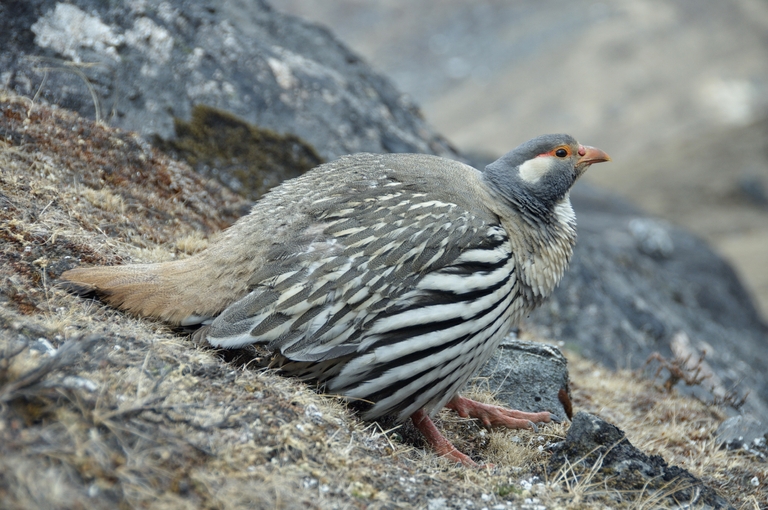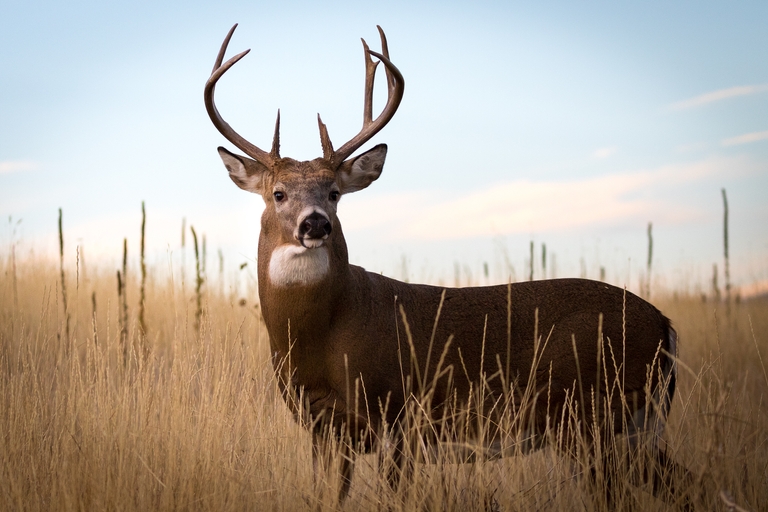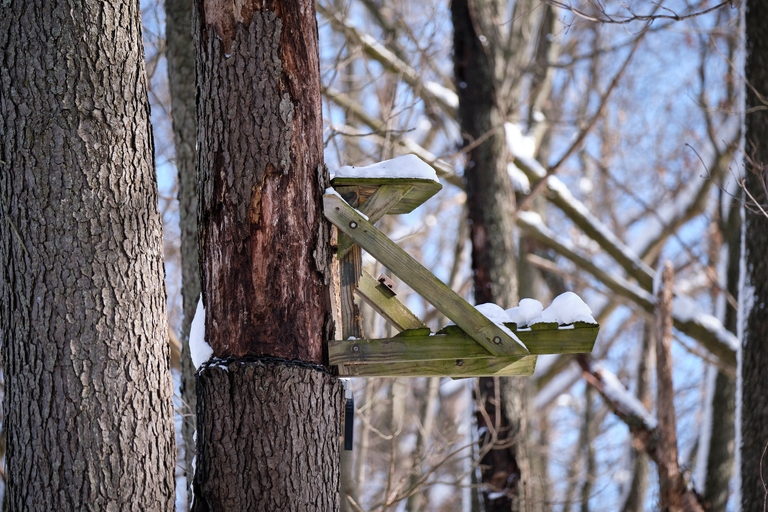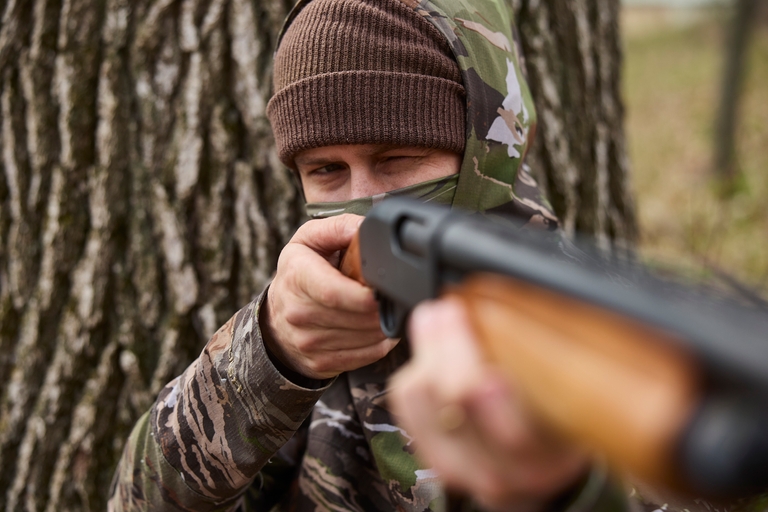8 Strategies for Afternoon Turkey Hunting Success

So, you struck out during the morning hunt. Disappointing, but all is not lost.
Most hunters focus on early morning turkey hunts, but afternoon turkey hunting can be just as fun. Gobblers often separate from hens as the day progresses and move toward feeding and dusting areas. This gives you a shot to call one in without as much competition.
For many hunters, including yours truly, spring turkey hunting is the best part of the year. Ready to see how you can use known afternoon patterns to increase your chances of success? Let's do it.

1. Understand Turkey Behavior in the Afternoon
Turkeys behave differently as the day goes on. Unlike the vocal excitement of early mornings, afternoon turkeys are typically quieter and focused on feeding, so you'll need to adjust your approach.
Where Turkeys Go in the Afternoon
During midday, gobblers will loaf in shaded areas, go to favorite dusting spots, or keep near food sources. Hens often separate from gobblers, increasing the chances of calling one into range.
How Calling Changes Later in the Day
While aggressive calling works in the morning, turkeys become more cautious in the afternoon. A subtle calling approach can be more effective, mimicking lone hens or content feeding sounds. Learn to make subdued purrs and clucks.
2. Scout for Afternoon Turkey Hotspots
Finding the right location is key to afternoon turkey hunting success. Here are a few places to look for an excellent afternoon turkey hunting spot.
Look for Feeding Areas
Turkeys often feed before roosting. Open fields, edges of woodlots, and agricultural areas with leftover crops are prime locations.
Locate Shaded Loafing Spots
Turkeys seek shade near hardwoods, creek beds, or grassy patches on warmer days to escape the heat. Setting up in these areas can improve your chances of intercepting a gobbler.
Use Trail Cameras and Sign Tracking
Placing trail cameras near potential afternoon feeding and roosting zones can reveal patterns. Tracks, dusting areas, and fresh droppings indicate where turkeys spend their midday hours.

3. Adjust Calling Techniques for the Afternoon
Good calling technique is the difference between a turkey responding to or ignoring your setup. Here are a few adjustments to make for an afternoon hunt.
Use Softer Calls
Loud and aggressive calling might push a gobbler away rather than drawing him in. Subtle yelps, purrs, and clucks are often more effective in the afternoon.
Space Out Your Calls
Unlike the morning, afternoons require patience. Call every 15 minutes at most, allowing time for gobblers to approach cautiously.
Try Gobbler Yelps or Jake Calls
If a tom has been alone for a while, mimicking a younger gobbler or lone tom can spark curiosity and bring him into range. Again, be patient!
4. Use Decoys to Your Advantage
Decoys are a big part of afternoon turkey hunting but must be used strategically. Use these tips for your afternoon decoy setup.
A Single Hen Decoy Is a Subtle Approach
A lone hen decoy can attract a curious gobbler looking for company. This works well in open fields and along woodland edges.
Use a Jake or Breeding Pair for Territorial Response
In areas with dominant gobblers, you can mix it up. Adding a jake or a breeding pair set up can provoke a tom to come in and challenge the intruder.
Positioning Matters
Place decoys where turkeys have a clear line of sight. Facing the decoy slightly toward your position can help direct a gobbler into your shooting lane.

5. Move Slowly and Stay Stealthy
Afternoon hunts often require more patience and a careful approach.
- Pick a location near areas where turkey feed or travel corridors.
- Sit against a tree or with natural cover behind you to break up your silhouette.
- Make minimal movements to avoid catching a turkey's sharp vision.
Unlike morning hunts, where turkeys are more active, afternoons may require sitting for extended periods. If you know a gobbler is in the area, staying put can eventually pay off.
6. Use Hot Weather to Your Advantage
Temperature plays a big role in turkey activity. Here are a couple of things to remember about warm-weather hunts.
Find Shade and Water Sources
In the heat, turkeys will move toward cooler areas like creek beds, hardwoods, or grassy fields. Setting up in these locations can increase your odds of catching a gobbler coming in to cool down.
Adjust Your Hunting Style
If it's particularly hot, turkeys may not move much. This is when a quiet, patient setup with minimal movement is more effective than actively trying to locate birds.

7. Stay Safe and Legal
Afternoons can be the best time of day for turkey hunting, with a few considerations.
First, make sure you know the local hunting laws and shooting time restrictions. Some states have afternoon hunting restrictions, so know your local regulations before planning a hunt.
Also, make sure you have the proper licenses and tags before hunting.
Remember: Hunter safety courses are a good way to keep up with changing laws!
Stay Visible for Safe Movement
Even though camo is crucial, wearing blaze orange while moving locations can help prevent accidents with other hunters.
Use a GPS or a hunting app like HuntWise to mark your location and avoid getting lost.
8. Be Persistent
Afternoon turkey hunting can be unpredictable, but that doesn't mean it's ineffective.
Stay confident in your setup — gobblers often move later in the day before roosting. Even if turkeys aren't responding immediately, be patient.
One well-placed setup can be all you need for success.

Hunter-Ed Helps You Stay Safe When Afternoon Turkey Hunting
Make no mistake, hunting turkeys in the afternoon isn't easy, but it can be as exciting as any morning hunt. By understanding turkey behavior, where to set up, and how to call safely, you'll be in a better position for success.
If you're ready to try afternoon turkey hunting this season, make sure you know how to stay safe! After all, a safe hunt is a successful hunt.
Taking an online hunter education course through Hunter-Ed is the best way to learn the hunter safety essentials you need for any hunt. Plus, our courses help you meet your state's requirements for hunter education.
Make sure you're ready to hunt this season!
Choose the course for your state, take our fun, fast, informative course, and then pass the final exam to get your hunter education card.

HuntWise helps hunters scout land, plan entry and exit points, locate turkey travel corridors, feeding, and roosting areas, and mark spots that could be ideal to set up for a hunt.
Take advantage of a 30-Day Free Trial of HuntWise after completing your Hunter-Ed course and passing the final exam!
Visit your student dashboard to get started.






